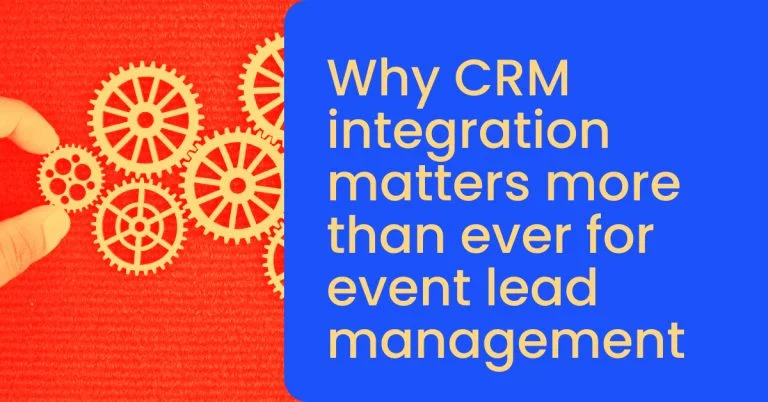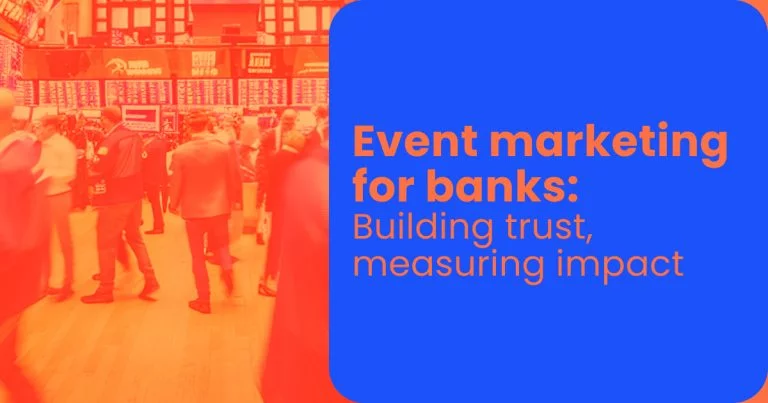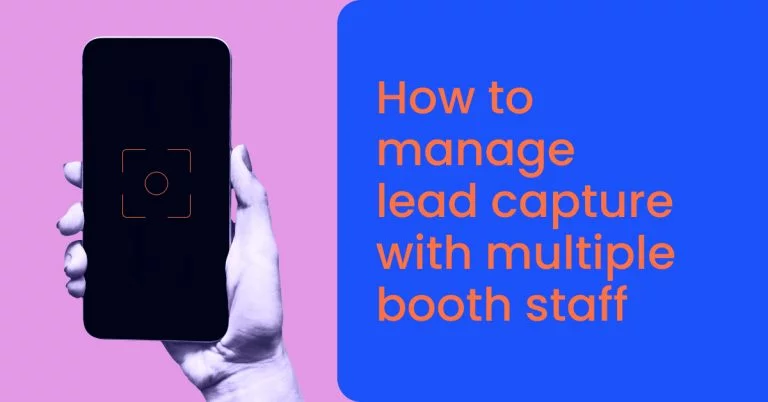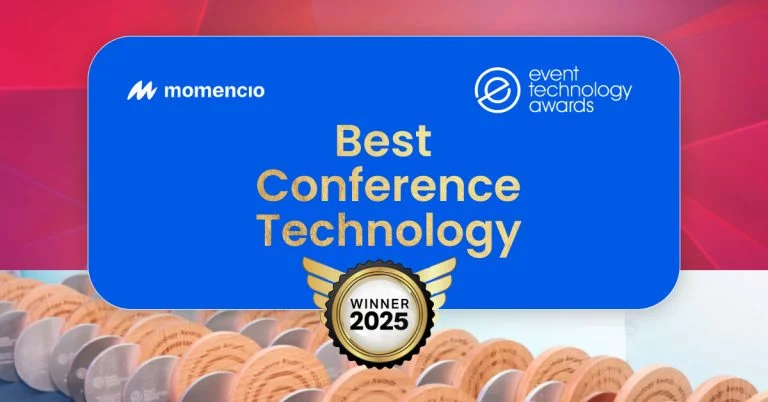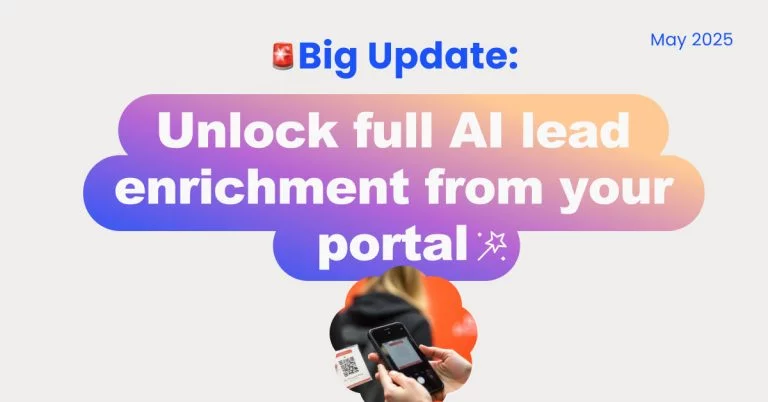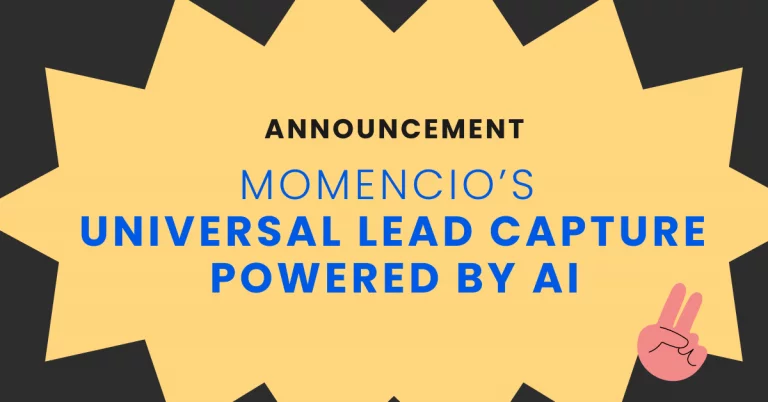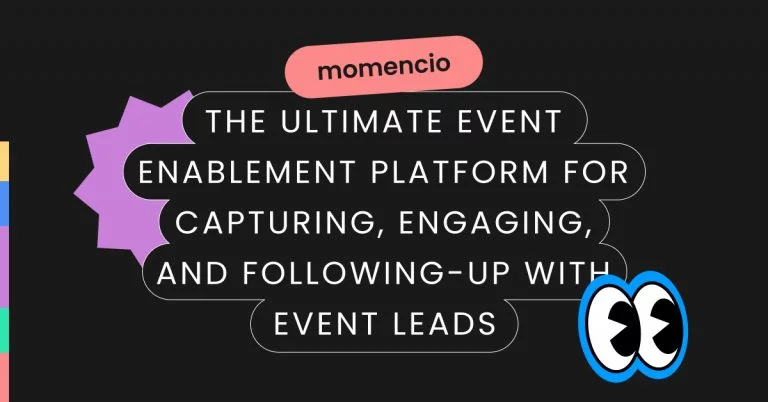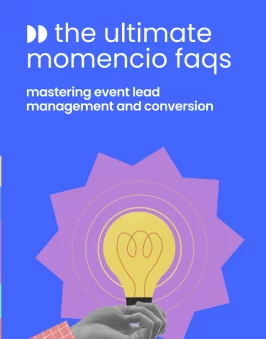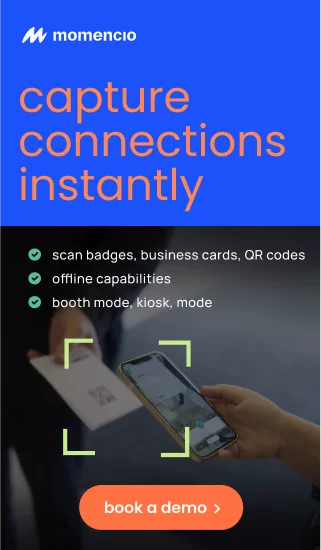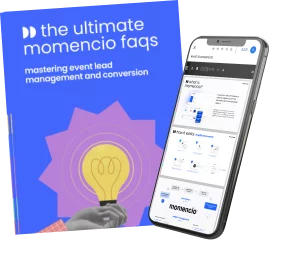A common mistake in event marketing is focusing too much on surface-level numbers instead of event sales outcomes. After a trade show or conference, it’s easy to report how many badges were scanned, how many people visited the booth, or how many clicks a follow-up email received. These figures are accessible, easy to highlight in reports, and give the appearance of strong performance. But in reality, they often mask the real picture.
Vanity metrics like footfall, impressions, or email open rates don’t tell you whether the event helped drive qualified pipeline. They don’t explain which conversations were valuable, which leads showed serious intent, or how many progressed to actual sales meetings. This gap between what gets reported and what truly matters creates confusion between marketing and sales—and weakens the case for future event investment.
If events are expected to contribute to revenue—and they should be—then teams need to stop measuring what’s convenient and start tracking what moves the business forward. That shift begins by replacing vanity metrics with outcome-based measurement.
Why most event metrics fall short
Many event teams rely on metrics that are easy to collect but difficult to act on. Badge scans, booth traffic, email open rates, and social media mentions are often used as proof of engagement. While these metrics may show that people interacted with your brand, they rarely indicate whether those interactions were meaningful or likely to lead to revenue.
Scanning a badge doesn’t mean someone is a qualified lead. A crowded booth doesn’t mean the right people were interested. An email open or a social like doesn’t tell you anything about sales intent. These numbers are passive—they track presence, not progress.
What makes this worse is that these vanity metrics are often used to evaluate event success. As a result, teams can walk away from an event thinking it performed well, even if it generated no real pipeline.
Sales teams see it differently. They want to know which leads are worth prioritizing, which accounts are showing buying signals, and whether the event actually influenced deals. When those questions go unanswered, trust breaks down between marketing and sales.
The problem isn’t that these top-level metrics exist—it’s that they’re treated as indicators of success. Without deeper visibility into what happened after the badge scan, the numbers have limited value.
To measure event performance properly, you need to go beyond activity and start tracking outcomes that actually connect to revenue.
What real event sales outcomes should look like
If the goal of participating in a business event is to generate revenue—or at the very least, move deals forward—then the metrics used to measure success need to reflect that goal. Surface-level engagement tells only part of the story. What matters more is whether the event helped create qualified opportunities and contributed to the pipeline.
Instead of focusing on vanity metrics, high-performing teams track outcome-based indicators. These include:
- Number of qualified leads: Not just contacts scanned, but leads who showed genuine interest, asked relevant questions, or engaged meaningfully with your follow-up.
- Meetings booked post-event: A clear sign that the event interaction translated into a sales conversation.
- Pipeline value created or influenced: Measuring how much potential revenue can be directly linked back to leads sourced from the event.
- Sales cycle length: Comparing how fast event-generated leads move compared to other sources.
- Conversion rate from lead to opportunity: Understanding how efficiently your event leads progress through the funnel.
- Deal size from event leads: Identifying if leads from events tend to convert into higher-value deals.
These are the metrics that show whether your event efforts are actually driving business outcomes. They provide the insight needed to prioritize follow-up, justify investment, and improve strategy over time.
Tracking these numbers requires the right systems, tight coordination between marketing and sales, and a clear definition of what qualifies as a successful lead. But once in place, this shift in measurement gives teams a far more accurate picture of what’s working—and what’s not.
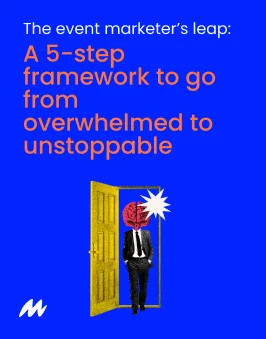
The shift: From activity-based tracking to outcome-based measurement
Shifting from vanity metrics to outcome-based measurement isn’t just a reporting change—it requires rethinking how events are planned, executed, and followed up. Most teams default to tracking what’s easy because that’s what traditional event tools are built for. But if the goal is to influence pipeline, the measurement strategy needs to be more intentional.
The first step is aligning on what success actually looks like. That means defining clear outcomes before the event: How many qualified conversations are we aiming for? What counts as a meaningful lead? How will we track progression after the event?
Next, teams need to reduce their dependence on raw lead counts. Not every badge scan is a win. A smaller number of well-qualified leads, with clear next steps, is far more valuable than a long list of unqualified contacts.
Booth staff should be equipped to log more than just contact info. Capturing context—such as the lead’s challenges, level of interest, or product fit—is what makes follow-up relevant. Tools that support fast note-taking or voice-to-text capture can help reduce manual effort while improving lead quality.
Follow-up timing is equally important. Waiting days to send a generic email sequence wastes the momentum of a live interaction. Instead, leads should receive a personalized follow-up while the conversation is still fresh—ideally with content tailored to what they asked about at the booth.
Finally, tracking needs to extend beyond the event itself. You need visibility into how each lead engages after the event. Who watched the video? Who downloaded the brochure? Who requested a demo?
When all of this data is captured and connected—from booth to pipeline, you stop measuring activity for its own sake and start measuring actual impact.
How momencio helps teams track actual outcomes, not just optics
momencio was built to solve exactly this problem. Instead of focusing on activity-based metrics that look good in a report but lead nowhere, it equips teams to track what actually matters—conversations, engagement, sales readiness, and pipeline movement.
At the event, momencio enables reps to capture lead information with full context. They can log notes, use voice-to-text to summarize the conversation, and tag the lead by interest, industry, or buying intent. This goes far beyond a badge scan. It captures what was actually discussed—and why that lead matters.
Immediately after the interaction, reps can send a personalized microsite to the lead. This microsite is tailored with the right content—brochures, demo videos, case studies, meeting links—based on the conversation. It’s not a mass email. It’s a one-on-one, follow-up experience that feels relevant and intentional.
What happens next is where the shift to outcome-based tracking becomes clear.
momencio tracks every action the lead takes: which content they viewed, which assets they downloaded, how long they stayed on the page, and whether they returned later. Sales teams get real-time alerts and can follow up based on behavior—not assumptions.
All of this activity is logged and synced to your CRM, giving both marketing and sales a shared, accurate view of the lead’s journey from booth to meeting to deal.
Instead of wondering whether an event worked, you can see it in the data: who engaged, what they cared about, and whether they moved forward in the pipeline.
That’s how you stop measuring vanity and start measuring value.
Events are too expensive to measure the wrong way
Business events are one of the most resource-intensive marketing channels. Between booth costs, travel, staff time, and logistics, every event represents a significant investment. Yet many teams still rely on basic engagement numbers to determine success—without connecting them to pipeline or revenue.
If your reporting stops at scans and opens, you’re not measuring performance. You’re measuring noise.
To get full value from your event strategy, you need to track what happens after the handshake. Did the lead engage with your content? Did they request a meeting? Did they move to an opportunity? Those are the metrics that justify the spend—and drive better decisions for future events.
Making that shift doesn’t require a complete overhaul. It requires the right workflow, the right tools, and a clear definition of what success means across marketing and sales.
momencio helps close that gap by giving teams a system that captures intent, delivers personalized follow-up, and tracks lead engagement through the entire post-event journey.
If you want to make your next event count, stop chasing vanity metrics. Start measuring what moves the pipeline.
Want to see how momencio can help your team track real event outcomes?
Book a personalized demo.
FAQs
- What’s the difference between vanity metrics and outcome-based metrics at events?
- Vanity metrics include surface-level numbers like badge scans, booth traffic, social media mentions, or email opens. They show activity but not intent. Outcome-based metrics, on the other hand, track things like qualified leads, meetings booked, engagement with follow-up content, and pipeline progression—metrics that connect directly to sales outcomes.
- Can momencio track whether a lead engages with content after the event?
- Yes. momencio provides real-time tracking for every personalized microsite you send. You’ll see exactly which leads opened the microsite, what they clicked on, which assets they viewed or downloaded, and how many times they returned. This insight helps sales teams prioritize follow-up based on real engagement—not assumptions.
- How does momencio help sales and marketing work together after an event?
- momencio syncs all lead data and post-event engagement back to your CRM, giving both marketing and sales full visibility into each lead’s activity. Reps don’t just receive names—they get context, content engagement data, and lead scores that help them take informed action faster.
- What qualifies as a meaningful lead in momencio?
- A meaningful lead isn’t just someone whose badge was scanned. In momencio, a lead becomes meaningful when they engage with personalized content, show behavioral intent (like viewing a demo video or downloading a case study), or book a meeting. The platform helps you move beyond quantity and focus on quality.
- Is it possible to connect event outcomes directly to pipeline using momencio?
- Absolutely. momencio tracks the entire journey from booth interaction to deal creation. You can measure how many leads progressed to meetings, how much pipeline was influenced, and how fast those leads moved through the funnel compared to other sources. This gives you a clear picture of actual event ROI—not just activity levels.



